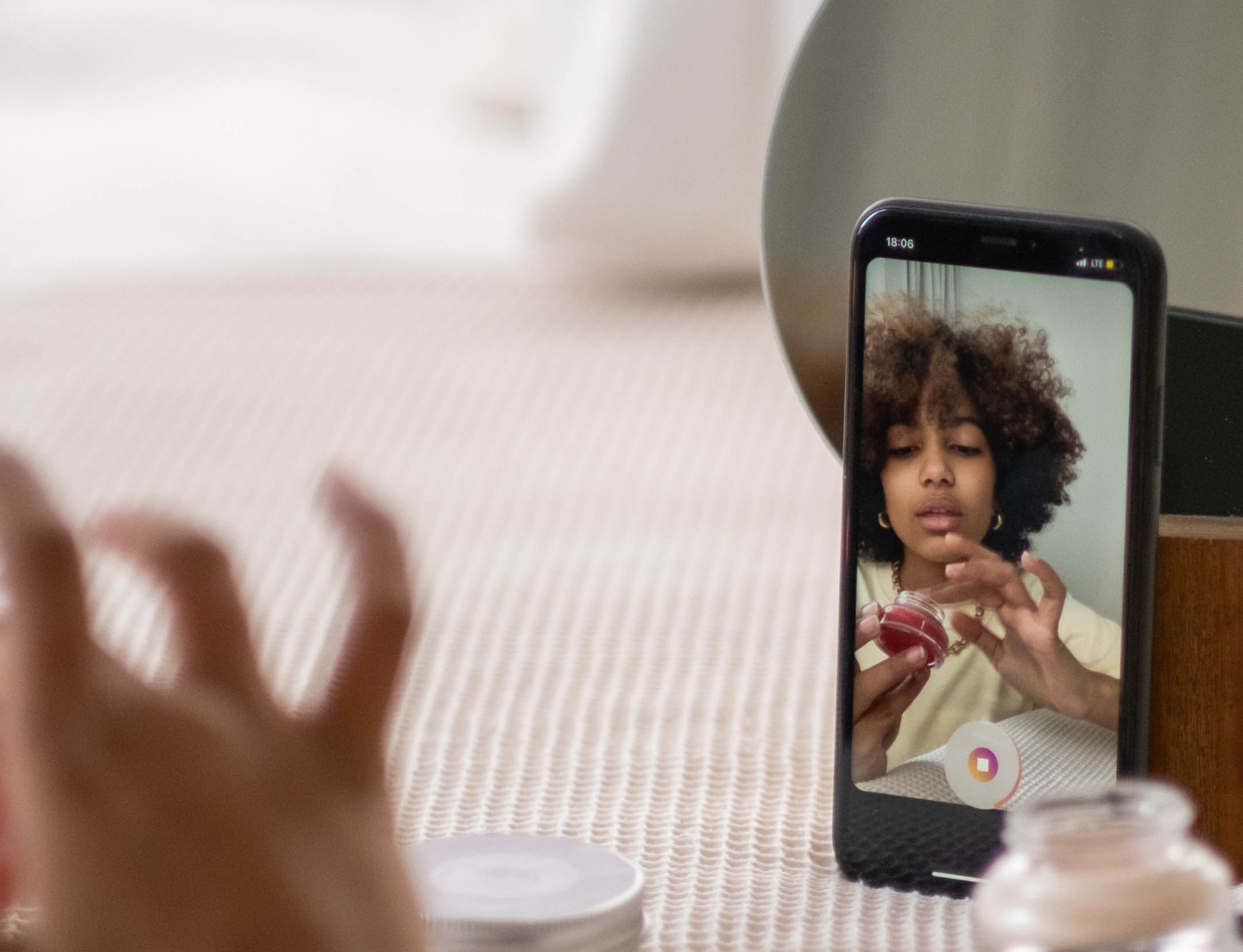
Social Media Influencers (SMI) are an emerging component of contemporary marketing strategies. As your advertising clients reassemble their campaigns going forward, SMIs may be a piece of the puzzle to consider. After all, third-party reviews and endorsements have long been a favorite of marketers with proven results. The questions remain: How can they best be utilized, at what level, and how can influencer strategies be measured?
“As we look ahead to 2021, it’s clear that influencer marketing is no longer a one-off tactic. It is a strategic and sophisticated part of the marketing mix,” say the authors of The State of Influencer Marketing 2021 report by linqui.com. Measuring an influencer strategy is only one of the issues addressed in their report. They also highlight budget allocations, platforms of choice and how experienced, sophisticated users redirect the yield of valuable content.
Types of Influencers
Micro-influencers, it turns out, have had a resurgence of late. 90% of marketers say that they prefer to work with micro-influencers, up from 80% in 2020. In addition, celebrity influencers have lost luster as only 14% of marketers choose this elite group, down from 22% in 2020. No surprise that the right influencers who create the most compelling content and make a strong connection are most in demand. Quality over quantity is the key as 43% of the survey sample choose to work with 5–10 SMIs, followed by 1–5 at 26%.
Platform of choice
The Instagram juggernaut remains the front-running platform for 93% of respondents in 2021. The affiliates: Instagram Stories (83%) and Instagram Reels (37%) face stiff and growing competition from TikTok. If there is a winner resulting from 2020, I nominate TikTok for its 300% increase from 16% to 68% among enterprise users for influencer marketing investment. Also-rans include YouTube (48%), Pinterest (35%) and Snapchat (26%).
Vertical video is woke
Be aware that mobile viewers rule and vertical orientation is king. 94% of the time we hold our phones vertically. This trend has developed quickly, and you and your clients should pay attention. I’m just sayin’. But you don’t have to listen to me. A full 73% of respondents to this survey said vertical video will be important or extremely important in 2021.
The real value of SMIs – Content!
Influencers don’t just have a connection with their own followers, they are also amazing content creators. And remember this: Your clients can repurpose images and videos across other channels! This approach may be the secret-sauce of influencers’ effectiveness for advertisers. 94% of survey respondents claim that paid social will be the primary venue for re-posting content. But remember, leveraging this valuable content will enrich your client’s own organic social channel.
Measuring an influencer strategy
The concept of brand engagement ventures into emotional and behavioral activity. As consumers tumble down the sales funnel to actual purchase, this is where the theories collide. Brand managers have never had complete control over the communication messages being shared with their consumers. And, true to the adage, “Only half of advertising works. The challenge is to find out which half.” More than 50% of respondents who tested how well influencer content performs against brand-created content said influencers outperformed.
SMIs significantly and substantially impact how consumers engage with brands. Viewers who consume SMIs' user-generated content engage with brands through their thoughts, feelings, and actions. This, alone, should be enough for you to consider schooling your clients on the potential impact of social media influencer marketing. And you can support your recommendations by sharing AudienceSCAN data from AdMall by SalesFuel with your clients.
